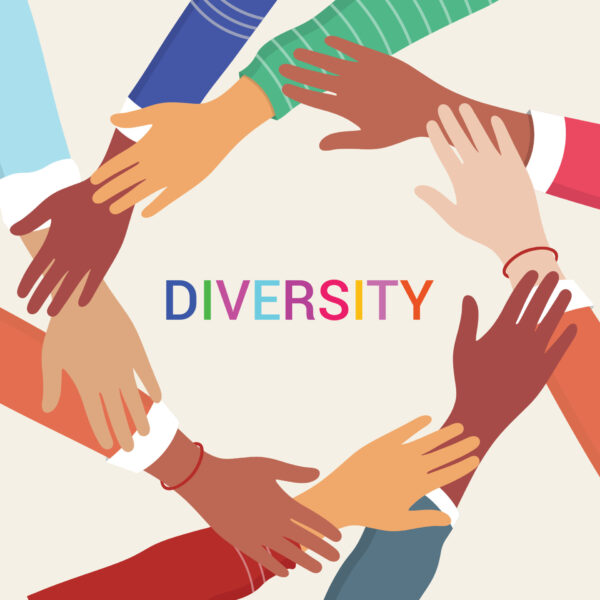Unconscious bias unfortunately can creep into any decision-making process. Very often these biases are rooted in stereotypes and assumptions that are not reality. They can however have a significant impact on the hiring process and lead to unfair outcomes and inequalities that can negatively impact the culture of a business.
The good news however is that discrimination and unconscious bias in the hiring process can be removed by adapting some simple changes to your recruitment process.
What is discrimination?
It is unlawful to positively discriminate on the nine protected characteristics:
- Gender
- Age
- Disability
- Religion or belief
- Gender reassignment
- Sexual orientation
- Marriage / civil partnership
- Pregnancy & maternity
- Race
To avoid this, companies need to take steps to encourage applications from diverse groups and then conduct an unbiased and fair selection process.
What is unconscious bias?
Unconscious bias is when hiring managers or employers show a preference for a candidate that is not based on their suitability for the role but one of the nine protected discriminatory characteristics. This could be rejecting candidates based on their age or sex or as simple as showing preference to a candidate that likes the same interests as the interviewer.
It is very easy for interviewers to apply certain positive or negative characteristics to candidates that they don’t have. This is simply down to the interviewer ‘pigeon-holing’ candidates based on their preconception of their profile.
How can you manage unconscious bias?
- Whilst many organisations would say they are diverse, and do not make decisions based on unconscious bias, the reality is that it can be unintentional and ingrained without interviewers even realising. Therefore, the first step is to raise awareness of the issue and ask the difficult questions.
Training sessions and workshops are a good way to educate employees about the different types of biases and their consequences. This then opens the door to internal self-reflection and how staff react to different profiles and backgrounds.
- Conduct structured interviews that contain job-related questions so each candidate has a fair chance of performing well. Also use behavioural-based questions that relate to past experiences and actions rather than hypothetical scenarios.
Hiring managers should also use clear and consistent evaluation criteria to identify what skills and qualifications are required for the position. Utilising a scoring system that marks this criterion is another way to remove bias in the interview process.
- To counteract unconscious bias, it is important to have a diverse group of individuals involved in the hiring process. Having individuals from different backgrounds, as well as even multiple areas of the business outside of HR, will enable a wider assessment of the candidate and provide a different perspective.
Additionally, employers might want to consider making the CVs blind by removing any personal characteristics that might influence the interviewer.
Employers also need to ensure that their job adverts are free from any biased language to ensure a diverse pool of talent.
- Non-human assessments can also assist in minimising unconscious bias.
Tailored Assessments
Employers can create a series of questions or tests that create a level playing field and help uncover insights that a CV fails to showcase.
Video interview platforms
Video assesses both verbal and non-verbal characteristic and can highlight the candidate’s soft skills that are often critical to the role.
Metric tools
Monitoring metrics provides hiring managers with objective data to aid in effective decision making. Making data-driven decisions takes the guess work (and unconscious bias) out of the process.
It is generally accepted that a diverse organisation has a greater opportunity for success. Diverse workplaces create greater opportunities for professional growth, while diverse teams generally boost innovation and creativity.
By promoting fairer hiring strategies and fostering a more inclusive and diverse workplace, employers will be creating an organisation and workforce that can thrive and grow.

